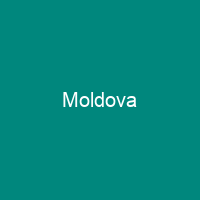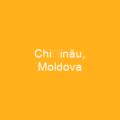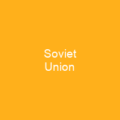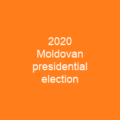Moldova: A Landlocked Country in Eastern Europe
Imagine Moldova as a small but significant player on the map of Eastern Europe, with its borders touching Romania to the west and Ukraine to the north, east, and south. Moldova is officially known as the Republic of Moldova, covering an area of 33,483 km2, home to approximately 2.42 million people (as of January 2024). Is this small country really making waves in today’s geopolitical landscape?
A Rich History and a Complex Present
Moldova’s history is as complex as its geography, with roots tracing back to the Principality of Moldavia. From being part of the Russian Empire to declaring independence in 1991, Moldova has seen many transformations. The country’s current constitution was adopted in 1994 and it has been pursuing closer ties with the European Union under President Maia Sandu.
Geography and Climate
Moldova is a landlocked country, but its geography offers a mix of landscapes. From the Carpathian Mountains to the Prut River, Moldova’s terrain is diverse. Its climate is moderately continental, with mild winters and cool summers, influenced by its proximity to the Black Sea.
Economy and Agriculture
Moldova’s economy is an emerging upper-middle income country, but it remains one of the poorest in Europe. The wine industry plays a significant role, contributing three percent of GDP and eight percent of total exports. Agriculture, including vineyards covering 122,000 hectares, is another key sector. Moldova’s IT sector is also growing, accounting for 10% of GDP.
Demographics and Society
Moldova’s population is ethnically diverse, with the majority being Moldovan (57%), followed by Gagauzians (4.57%), Russians (4.06%), and Bulgarians (1.88%). The country faces challenges such as an aging population and high emigration rates, which could reduce its population to half of what it was in 1990 by 2035.
Healthcare and Education
Moldova provides universal healthcare through mandatory health insurance. The country has a literacy rate of 99.6%, with almost all the population being literate. Moldova boasts several universities, including the Academy of Economic Studies, which has educated notable leaders such as President Maia Sandu.
Culture and Traditions
Moldovan culture is a blend of Romanian origins, Byzantine influence, Magyar and Slavic populations, Ottoman Turks, and Western European influences. Traditional dishes like plăcinte, sarmale, mămăligă, and zeamă reflect this rich cultural heritage. Moldova’s music scene includes prominent composers and bands that have gained international recognition.
Media and Communication
Moldova guarantees freedom of speech and information through its constitution. However, the media landscape is polarized, with pro-Russian and pro-Western camps dominating. The government has taken steps to remove licenses from stations airing pro-Russian propaganda, reflecting the country’s ongoing struggle for media independence.
Sports and Recreation
Association football is the most popular sport in Moldova, while trîntă (wrestling) is the national sport. Athletes from Moldova have won medals in various sports, including athletics, biathlon, and judo. The country made its Olympic debut at the 1994 Winter Olympics.
Conclusion
Moldova, a small but significant player on the map of Eastern Europe, faces numerous challenges and opportunities. From its rich history to its diverse culture, Moldova is navigating a complex path towards stability and prosperity. As it continues to pursue closer ties with the European Union, Moldova must address issues such as corruption, economic development, and media freedom to ensure a brighter future for its people.

You want to know more about Moldova?
This page is based on the article Moldova published in Wikipedia (retrieved on February 23, 2025) and was automatically summarized using artificial intelligence.







